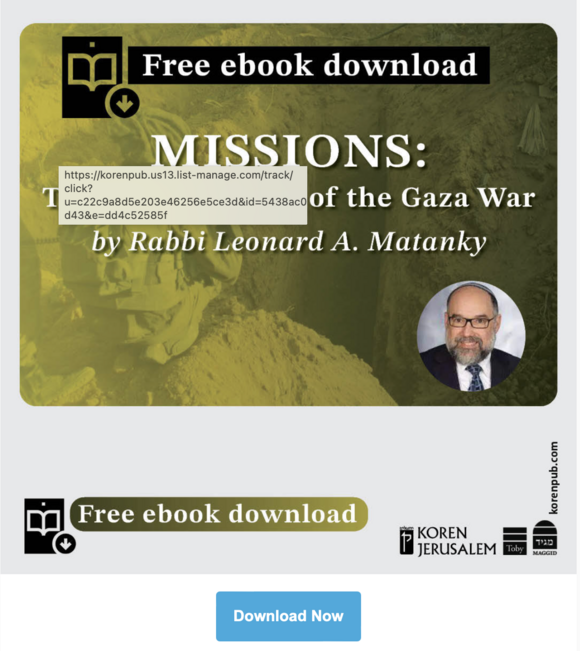DVAR TORAH
Every year, as we begin to prepare for Pesach, we read of the mitzvah of the Parah Adumah, the red heifer, whose ashes were needed to purify the many pilgrims who came to the Beit HaMikdash, and especially as Pesach neared when thousands would arrive to offer the Korban Pesach.
When introducing this law, the Torah refers to it as a "chok" - a law that cannot be explained rationally but must be accepted based upon our faith in G-d's ultimate wisdom. This mitzvah is considered the "ultimate chok" - since the ashes of the red heifer would purify the impure and defile all those involved in its preparation.
According to the midrash of Kohelet [Ecclesiastes 7:23], G-d told Moshe, "To you, I will explain the paradox of Parah Adumah, but to every other human being, I will always hide its mystery."
But why would G-d give us a mitzvah that is so impossible to understand?
Rabbi Yosef Salant, in his commentary, Be'er Yosef, suggested that the reason G-d did so is to teach us a vital lesson - that some things in life are inexplicable, and therefore, to accept those things, just as we learned to accept the mitzvah of the Parah Adumah.
 Tuesdays @ 8:30 pm - KINS Women's Tehillim Group
Tuesdays @ 8:30 pm - KINS Women's Tehillim Group
each week at a different home. To stay informed - CLICK HERE
HALACHA OF THE WEEK: Parshat Parah
This Shabbat, we will be reading the special maftir of Parshat Parah - the description of the mitzvah of the Red Heifer - the Parah Adumah. According to the Shulchan Aruch, there are opinions that, just as last week's reading of Parshat Zachor is a Biblical obligation, so too is Parshat Parah [Orech Chaim 785:7]. This ruling also seems to be his opinion, as he notes in the laws of the Torah reading [Orech Chaim 146:2]. However, the Mishna Berura notes that many others disagreed, including the Vilna Gaon, the Shaarei Ephraim, and the Pri Chadash, ruling the Parshat Parah is only Rabbinic in nature [ibid.].
Rabbi Yechiel Michel Epstein, in his Aruch HaShulchan, explained the Biblical source for this mitzvah: In the Parshat Parah, the Torah refers to the mitzvah as an eternal command ("chukkat olam") [Devarim 19:10]. But since this mitzvah is only practiced when there is a Beit HaMikdash, how can it be eternal? The answer is that when we cannot practice the mitzvah, we must read about it.
However, Rabbi Yaakov Kamentzky, in his Emet L'Yaakov (Devarim 9:7), saw a different Biblical source for this special Torah reading. He wrote that the source is the mitzvah we have to remember how we angered G-d in the desert (זכור אל תשכח את אשר הקצפת את ה' אלקיך במדבר). According to him, this verse refers to the sin at Marah when the Jews complained about the lack of drinkable water. There, the Jews received three mitzvot, the first of which was the Parah Adumah.
Malbim, in his halachic work Artzot HaChaim [Orech Chaim 785], agreed that the source for this mitzvah was the same verse in Devarim. However, he wrote that it is a reference to a different transgression that angered G-d, the sin of the Golden Calf. Since this sin was so disgraceful, we read instead about the Parah Adumah, which serves to atone for that sin.
According to Rabbi Eliezer Waldenberg, the Malbim's explanation may also explain why women were not as vigilant about hearing the reading of Parshat Parah as they are for Parshat Zachor. After all, women did not participate in the sin of the Golden Calf, and therefore, they should not be obligated to a reading that is a form of atonement for that sin!
Rabbi Moshe Shternbuch offered another possible explanation as to why we are not as careful with Parshat Parah in his Moadim u'Zmanim (2:168). As he explained, the mitzvah of remembering Amalek is a mitzvah incumbent on each Jew, man, and woman. However, the mitzvah of Parah Adumah is a communal obligation, and therefore women are exempt.
For a review of Hilchot Pesach, visit our website congkins.org

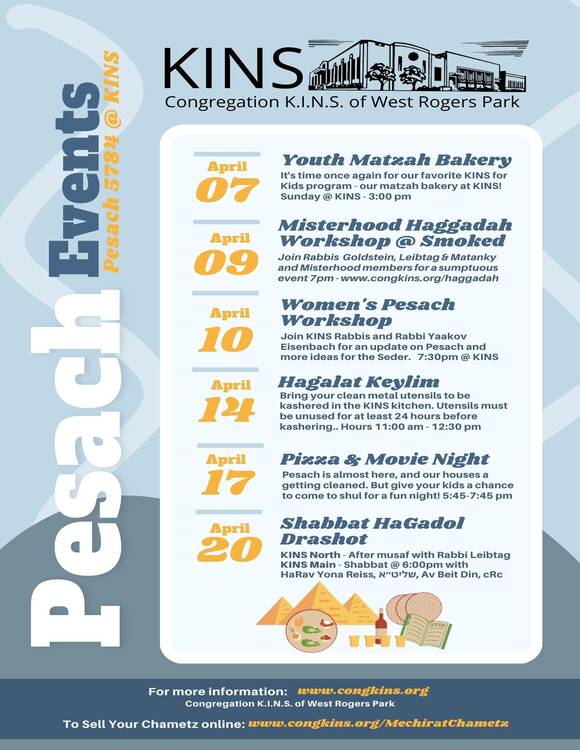



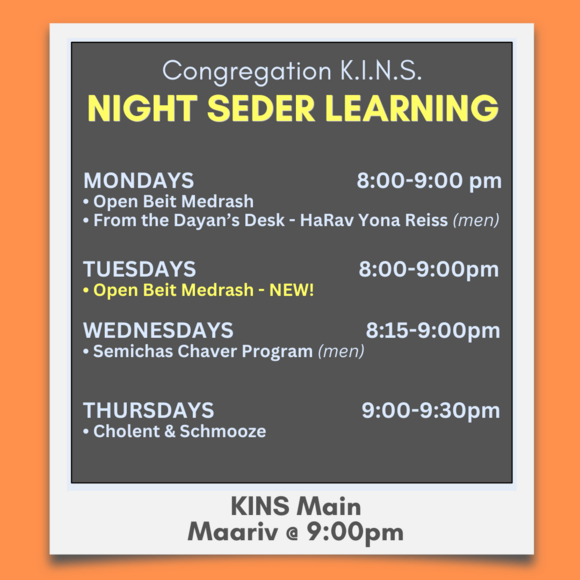
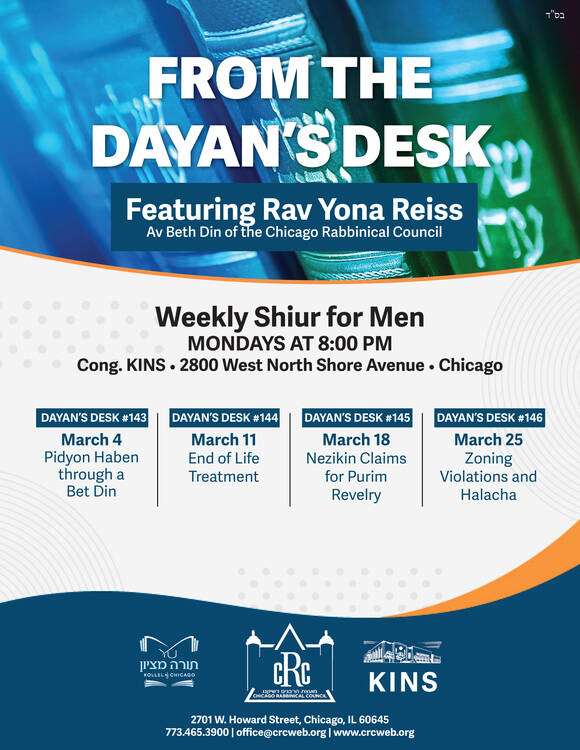
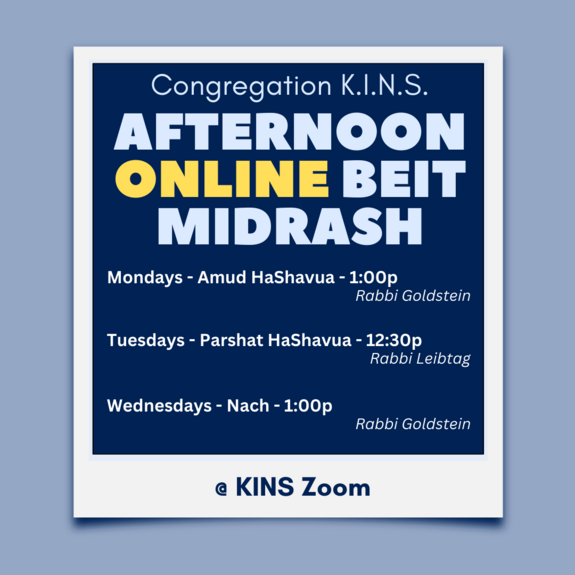




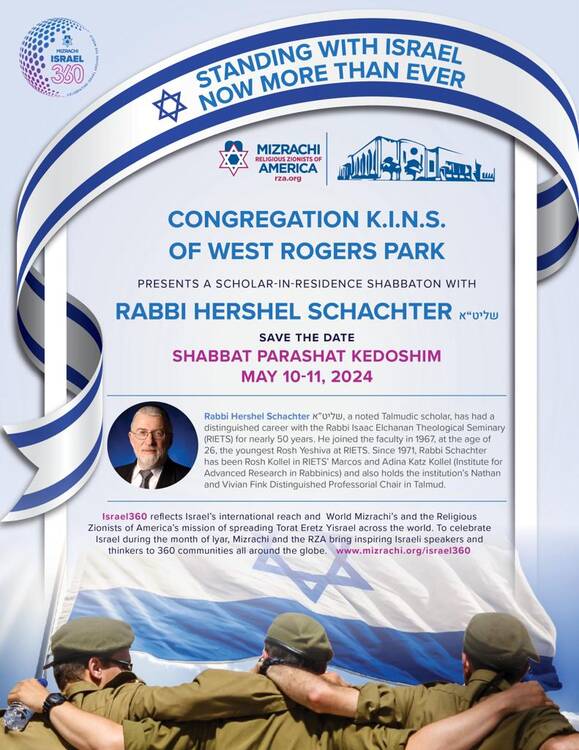

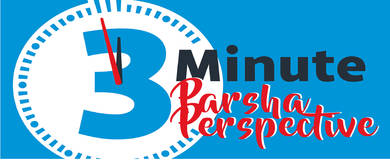



 MONDAY NIGHT SEDER - Mondays 8:00-9:00pm
MONDAY NIGHT SEDER - Mondays 8:00-9:00pm
 PARSHAT HASHAVUA - Tues. 12:30-1:30pm
PARSHAT HASHAVUA - Tues. 12:30-1:30pm 
 SEFER MELACHIM - Wed. 1:00-2:00pm
SEFER MELACHIM - Wed. 1:00-2:00pm SEMICHAS CHAVER PROGRAM - will return after Pesach
SEMICHAS CHAVER PROGRAM - will return after Pesach SHABBAT WOMEN'S SHIUR - Shabbat 5:00pm
SHABBAT WOMEN'S SHIUR - Shabbat 5:00pm TALMUD CLASS –
TALMUD CLASS –  SEFER YESHAYAHU - Sundays, 9:00am
SEFER YESHAYAHU - Sundays, 9:00am